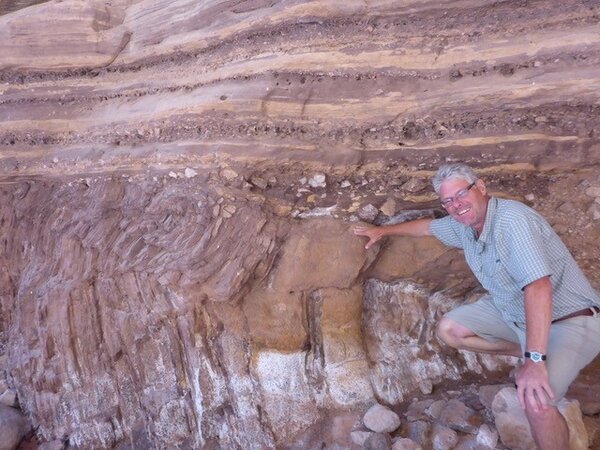
A new study from the University of Saskatchewan has shown that prehistoric worms populated the sea bed 500 million years ago.
Previously, scientists have thought that the sea bed in the deep ocean during the Cambrian period was uninhabitable because it had not enough oxygen.
In the present study, the researchers found fossilized worm tunnels existed dating back to the Cambrian period at the remote Mackenzie Mountains of the Northwest Territories in Canada.
The Cambrian period was 270 million years before the evolution of dinosaurs.
The worm tunnels were burrows where worms lived and munched through the sediment. They are invisible to the naked eye. The team sliced the rocks and scanned them.
They then enhanced images of the rock surfaces to examine if there were signs of ancient life.
They found the hidden “superhighway” of burrows made by several different sizes and types of prehistoric worm.
Some worm tunnels were just a millimeter in size while others as large as a finger.
The researchers suggest that the smaller worm tunnels may be made by simple polychaetes.
The bigger ones may be made by bigger worms that attacked unsuspecting arthropods and surface-dwelling worms.
This is the first evidence of large populations of worms living in the sediment.
The results suggest that animal life in the sediment during the Cambrian period was more widespread than previously thought.
The team hopes their finding could prompt a rethink of the level of oxygenation in ancient oceans and continental shelves.
The study lead author is USask professor Brian Pratt, a geologist and paleontologist and Fellow of the Geological Society of America.
The research is published in the scientific journal Geology.
Copyright © 2019 Knowridge Science Report. All rights reserved.
Further reading: Geology.



